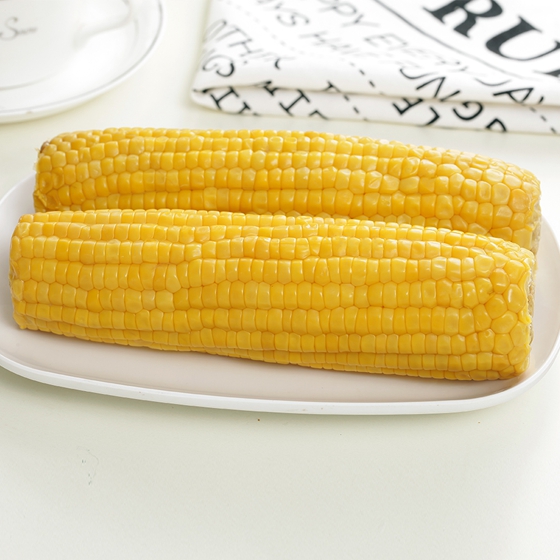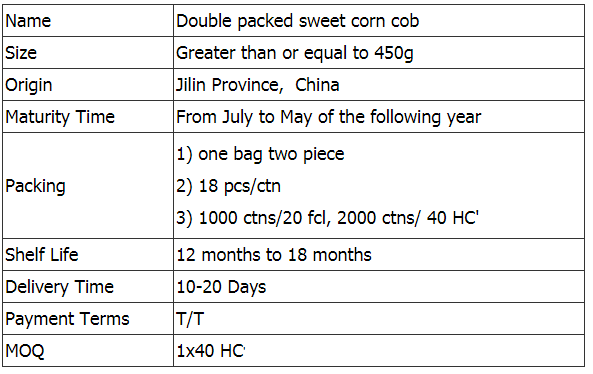In order to implement the concept of “public plant protection, green plant protection†and reduce the use of chemical pesticides, starting from the farmland ecosystem as a whole, based on agricultural control, actively protecting and utilizing natural enemies, worsening the living conditions of pests and diseases, and improving the ability of crops to resist pests and diseases, Pest and pest damage is kept to a minimum.
(1) Agricultural control
1. Select jasmine varieties that are more resistant to major local pests and diseases.
2. Picking the affected flower buds in time, and have better control effects on the jasmine buds and hummers in the inhabited flower buds.
3, reasonable pruning, control the height of jasmine plants, easy to collect flowers and reduce the harm and occurrence of pests and diseases.
4. In the autumn, combined with the application of base fertilizer, the jasmine garden is deeply turned over, which has a good control effect on the wintering lepidopteran pests in the soil.
5. At the end of autumn, the leaves near the rhizosphere of jasmine will be cleaned and buried deep in the row to effectively prevent the occurrence of leaf diseases in the soil.
(2) Physical prevention
1. Using the phototaxis of insect pests, from early May to late October, every day from 8:00 am to 1:00 am, adult occurrence period, one cymbal vibrating insecticidal lamp is placed every 20-30 mu in the field to trap phototaxis pests, reduce the field The number of pests.
2, artificial killing, the occurrence of lighter, hazard center and fake death pests, reduce the harm.
3. Promote artificial weeding with little or no chemical herbicides.
4. Using the yellowing property of pests such as aphids and thrips, hang yellow insects in the field to trap pests. At a height of 15 cm above the jasmine plant, a yellow plate of 50 cm × 50 cm or 50 cm × 70 cm per acre is suspended. 20-25.
(3) Biological control
1. Actively protect and use natural enemies to control pests and diseases. Such as spiders, carnivores, carapace, ants and other predatory beneficial insects, as well as budworms, parasitic wasps and parasitic flies.
2. The use of biological pesticides, plant sources and mineral-derived pesticides such as natural pyrethrum, matrine, azadirachtin, Bacillus thuringiensis, nuclear polyhedrosis virus, etc. to control jasmine buds, leaf mites, thrips, leaf mites, mites and the like.
(4) Chemical prevention
1. When using chemical control, strictly control the application rate and safety interval according to the requirements of GB4285 and GB/T8321.
2. In the production of jasmine, it is strictly forbidden to use pesticides that are prohibited from using pesticides and restricted use. Strictly, according to the occurrence of pests and diseases, conditionally use high-efficiency, low-toxicity and low-residue pesticides.
3, to strictly follow the prevention and treatment indicators for prevention and control, master the appropriate application of prevention and treatment, appropriate treatment of a single drug or a reasonable mix of pesticides.
4. It is necessary to strictly use the standard of the dose and safety interval in accordance with the regulations.
A medium-sized cob of corn provides more than 10% of our daily dietary fibre requirements.
There are two types of dietary fibre - soluble and insoluble - and sweet corn contains both.
According to the American Heart Association, dietary fibre as part of an overall healthy diet can help lower blood cholesterol levels and may reduce the risk of heart disease. It is insoluble fibre that binds to cholesterol, preventing it from being absorbed into the bloodstream.
Insoluble fibre is responsible for promoting regularity and helping to prevent constipation by speeding up the passage of food and waste through the intestines and absorbing water to keep stools soft. Insoluble fibre has been shown to reduce the risk of haemorrhoids.
Fibre-containing foods such as sweetcorn also help to provide a sense of satiety and may therefore help to suppress appetite and aid weight management.
Dietary fibre has also been linked to a reduced risk of type 2 diabetes. A diet rich in fibre helps patients manage their disease.
Fibre is fermented by bacteria in the colon. Promising studies are underway to determine the health-promoting effects of fibre fermentation breakdown products, for example, short-chain fatty acids, which may help to maintain a healthy gut.


Yellow Sweet Corn,Double Packed Sweet Corn,Double Packed Sweet Corn Cob,Double Packed Yellow Sweet Corn
Jilin Province Argricultural Sister-in-law Food Co., Ltd. , https://www.nongsaocorns.com